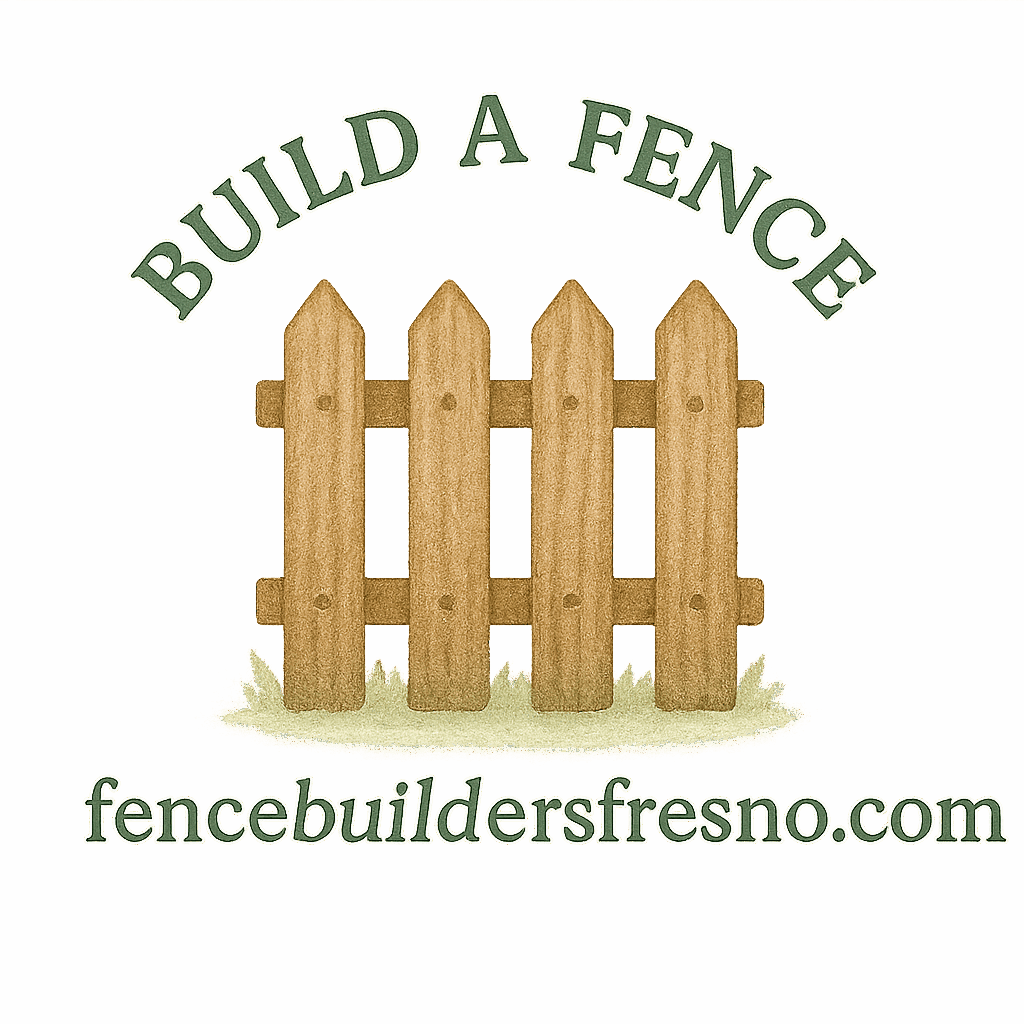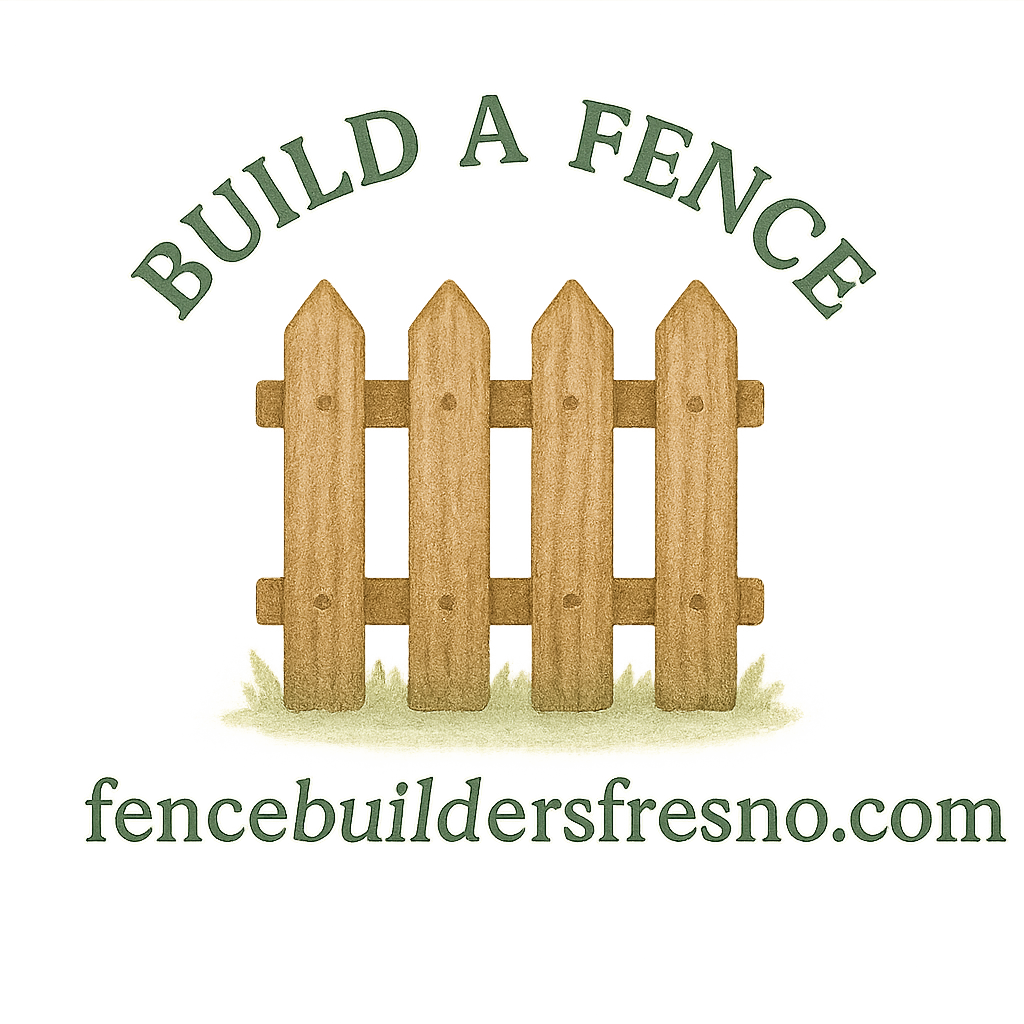Introduction: Why DIY Fencing Planning Matters
Jumping into a fence project without a plan is like building a house without blueprints—it won’t end well. Good planning helps you save money, avoid conflicts, and create a fence that lasts. Whether you’re working on a boundary fence or a stylish front yard fence, taking the time to prepare makes all the difference.
If you’re just starting, check out these fence building basics for a solid foundation before diving into the details.
Tip 1: Define Your Purpose Before Starting
Every fence tells a story—what’s yours?
Privacy vs. Decorative Needs
A privacy fence is all about blocking views and creating a personal retreat. A decorative fence, on the other hand, adds curb appeal while keeping your yard open. Browse through ideas in fence design planning to match your style with function.
Security and Boundary Considerations
If your goal is to set clear property lines, then a boundary fence is your go-to. If it’s about safety, a tall durable fencing option like vinyl or wrought iron works best.
Tip 2: Understand Legal and Property Line Issues
Skipping legal research can turn your DIY dream into a neighborhood nightmare.
Research Local Regulations
Every city has its own legal fencing codes. Learn about them before digging—height restrictions, material limits, or even permits might apply. You can explore more on legal property considerations.
Avoiding Property Line Disputes
Building too close to—or on—the wrong side of the line can cause fence encroachment issues. Reviewing your survey helps prevent legal disputes with neighbors.

Fence Height and Design Rules
Many cities limit front yard fence height for safety. Double-check the rules to avoid costly mistakes.
Tip 3: Choose the Right Fence Material
Your material choice shapes everything—from cost to maintenance.
Wood Fence Pros and Cons
Wood is timeless but requires wood fence care like staining and sealing. Explore more wood fence care tips to extend its life.
Vinyl Fence Durability and Low Maintenance
Vinyl is known for its low-maintenance qualities. It resists rot, pests, and weather. See why many homeowners love vinyl fencing for DIY projects.
Chain Link, Wrought Iron, and Alternatives
Looking for budget-friendly options? Chain link works well, though it’s less stylish. For elegance and strength, wrought iron is a premium choice. You can compare different options at fence types comparisons.
Tip 4: Create a Solid Fence Design Plan
A plan avoids costly redos.
Sketching Your Fence Layout
Draw a clear fence guide showing where posts, gates, and corners will go. Learn the details in fence design planning.
Considering Gates and Access Points
Think about daily use—where will pets or cars enter? A poorly placed gate can be frustrating.
Factoring in Slope and Terrain
If your yard slopes, a stepped or racked design is key. This ensures both durability and aesthetic appeal.
Tip 5: Gather the Right DIY Tools and Supplies
The right gear makes or breaks a project.
Essential Tools for Fence Installation
Your toolkit should include: post hole digger, level, tape measure, and concrete. See more on fence installation tools and best practices.
Safety Equipment You Shouldn’t Skip
Gloves, goggles, and sturdy boots aren’t optional—they’re must-haves.
Tip 6: Prepare Your Property and Soil
The ground beneath your fence determines its strength.
Clearing the Area Before Building
Remove rocks, debris, and roots. A clean workspace means fewer surprises.
Marking and Measuring Accurately
Use stakes and strings to mark your property lines accurately. This prevents misplacement.
Setting Strong Fence Posts
Fence posts are like a building’s foundation—set them deep and solid. Learn more about post setting at fence building basics.
Tip 7: Focus on Maintenance and Longevity
Your job doesn’t end once the fence is built.
Wood Fence Care and Upkeep Tips
Regular staining and sealing keeps wood strong. More upkeep tips help extend its life.
Vinyl Fence Low-Maintenance Practices
Vinyl fences need little more than an occasional rinse—perfect for a low-maintenance lifestyle.
Spotting Repairs Early
Routine fence maintenance and repair prevents small issues from turning into costly fixes.
Common Mistakes to Avoid in DIY Fence Planning
- Ignoring property rights → neighbor conflicts.
- Skipping permits → legal trouble.
- Poor post setting → leaning fences.
- Forgetting gates → daily inconvenience.
For a smoother process, read this DIY fence guide.
Conclusion: Building Fences That Last
DIY fencing isn’t just about hammering boards—it’s about planning smartly, respecting laws, and choosing the right materials. With the right prep, your fence won’t just stand tall—it’ll stand the test of time.
If you’re unsure where to start, dive into these resources:
FAQs
1. How do I know where to place my fence?
Review your property survey and confirm your property lines before digging.
2. What’s the cheapest fencing material for DIY?
Chain link is budget-friendly, though wood is also affordable with proper wood fence care.
3. Do I need a permit to build a fence?
Yes, most cities require one. Read up on legal property considerations.
4. How long should a DIY fence last?
With good fence maintenance, wood can last 15 years, while vinyl may last 30+.
5. Can I build a fence on uneven ground?
Yes, but you’ll need to use stepped or racked designs. Learn more in fence design planning.
6. What’s the best fence type for privacy?
Wood and vinyl are top choices. Explore options in fence types comparisons.
7. How do I prevent my fence from leaning?
Set posts deep in concrete and follow fence installation best practices.


